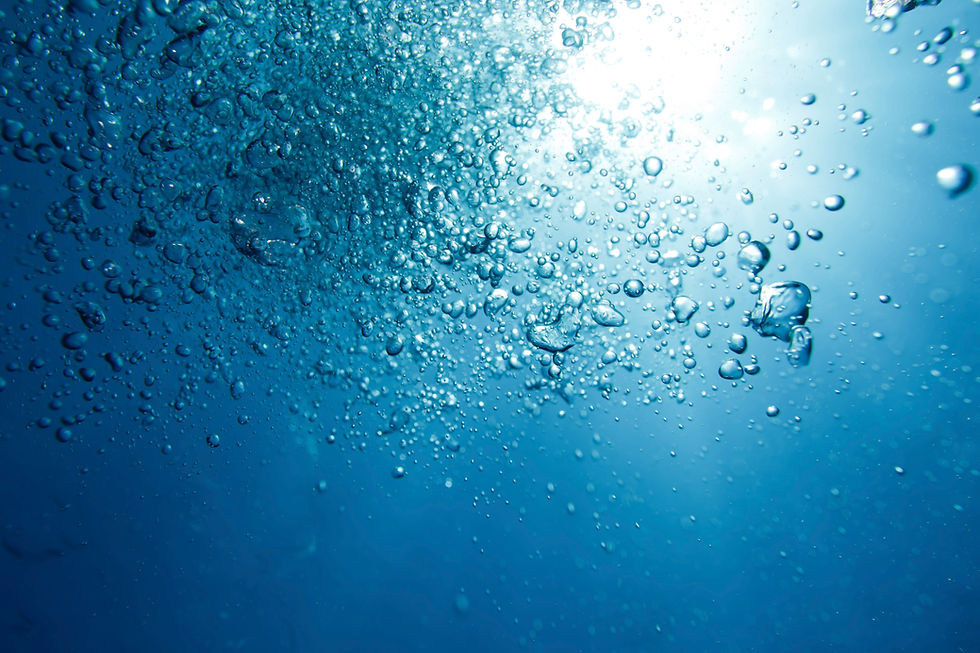How your Homeowners Policy Protects You From Various Types of Water Losses.
- Austin Kaasch
- Jan 22, 2021
- 2 min read
Updated: Mar 26, 2021
Ever wonder what types of water losses are covered on your Homeowners Policy and what ones aren't?

Did you know that Water damage related claims make up about 30% of all Homeowners claims? Not only that, they are the 2nd most frequent type of claim and are the 4th most severe? That is why it’s good to know how your Home is protected against various types of water losses.
"Keep in mind that in order for these types of claims to be covered, they must arise from a sudden and accidental event".
Types of Water Losses and How You're Covered
Let’s start with the most common types of covered water losses. First being “Supply System Material Failures” which is basically leaking or burst pipes. Which can be caused from a number of events such as frozen pipes, soil shifting, high water pressure, tree root encroachment, and compromised structural integrity. Keep in mind that in order for these types of claims to be covered, they must arise from a sudden and accidental event. If the pipes were known to have been questionable or compromised beforehand coverage could be declined. A good rule of thumb to help determine whether a claim will be covered or not is inspecting how the pipe broke. If the spilt if parallel to the pipe than it’s highly likely the cause was from the bursting of pipes. If the split if perpendicular it’s highly likely that the pipes became thin over time and naturally broke down, which would more than likely not be covered.
The second most common type of water loss are water back-up claims. Water back-up claims are typically the result of sewage lines being uprooted during a windstorm causing black wastewater to shoot back up into the home. Another common water back up claim is failure of sump pumps. Again, these types of claims must be sudden and accidental.
Some of the least common types of covered water loss claims would be things like clogged pipes, sewage blockage and rain damage. Pipes that become sudden and accidentally clogged or blocked that cause water or sewage overflow are typically covered. However, it will depend on further investigation and what the approximate cause of loss is determined to be by the mitigation team. Water damage instances involving rain are very rare, however a good rule of thumb is above ground and below ground losses. Let’s say for example a window is accidentally left open and it rains causing damage inside of the home. This would be covered. However, if the damage occurred from a basement window being left open it’s likely that it would not be covered.
Finally, special losses like Flooding or partial flooding are covered however they depend on what the event is defined as and/or if a flood policy was in place at the time of loss. Special flood policies are needed to be purchased through FEMA in order to have coverage if the event is determined to be a flood. If the even is not classified as a flood, sudden and accidental water back-up would have to be the primary cause for there to be coverage. FEMA is the sole entity that will define whether an event is a flood or not and most insurance companies will act according to what they determine.



Comments